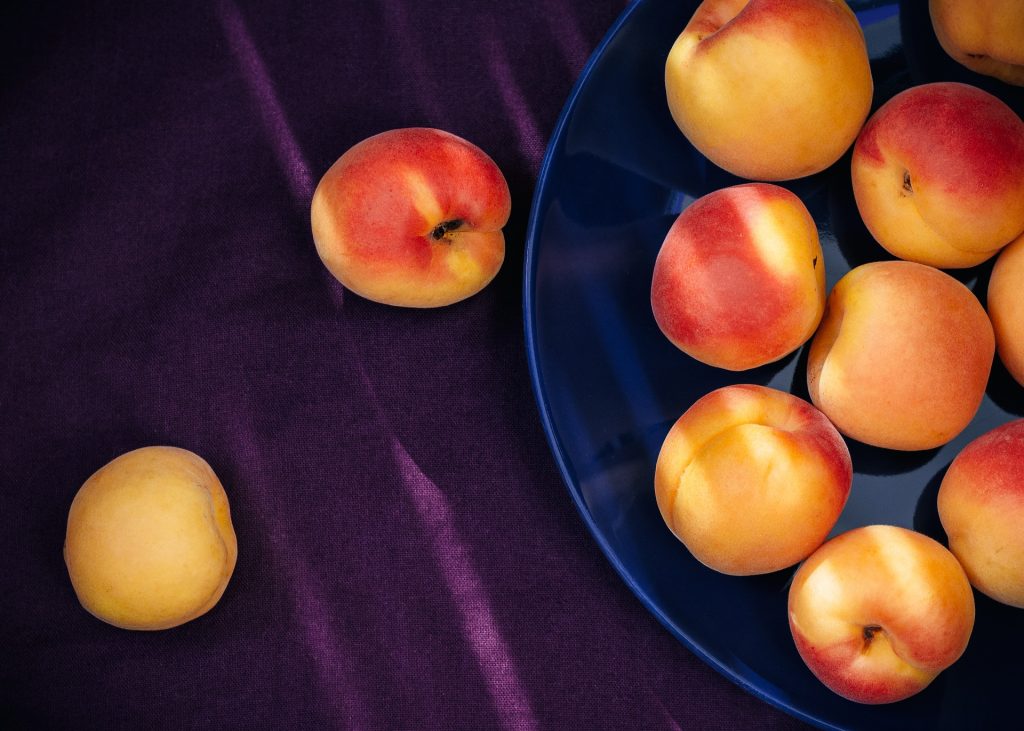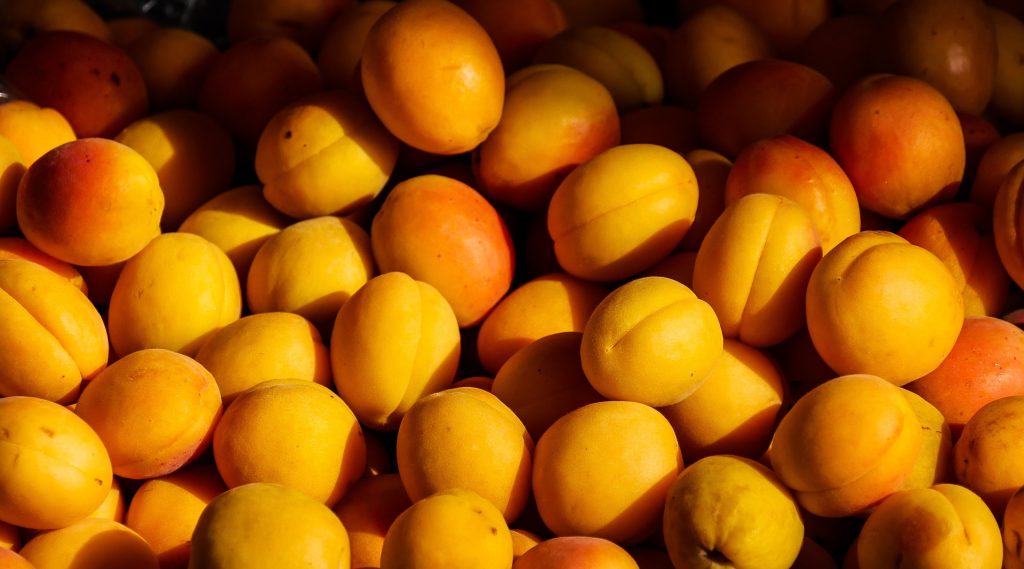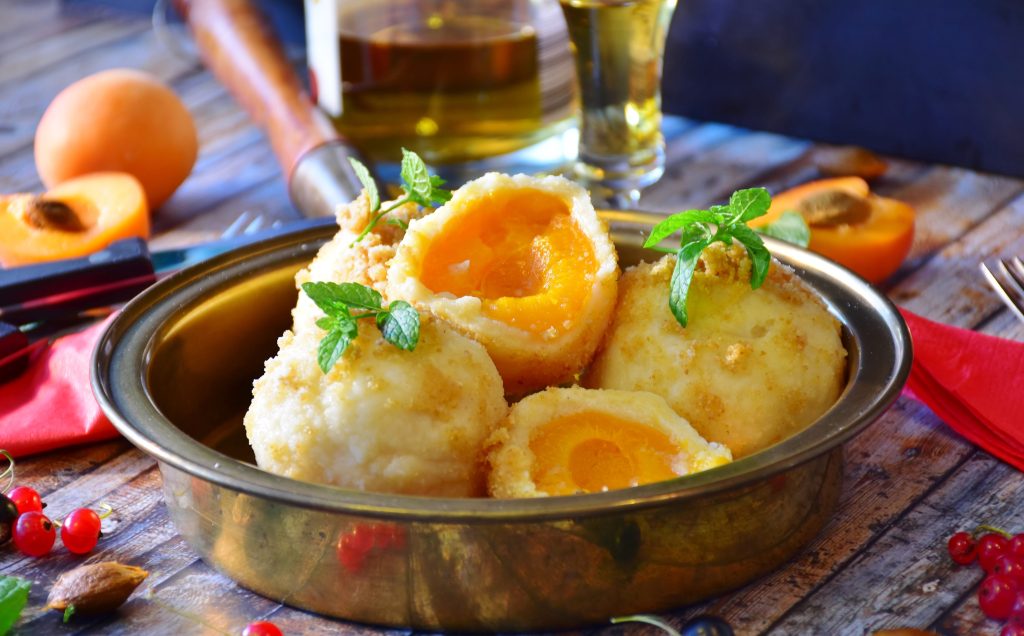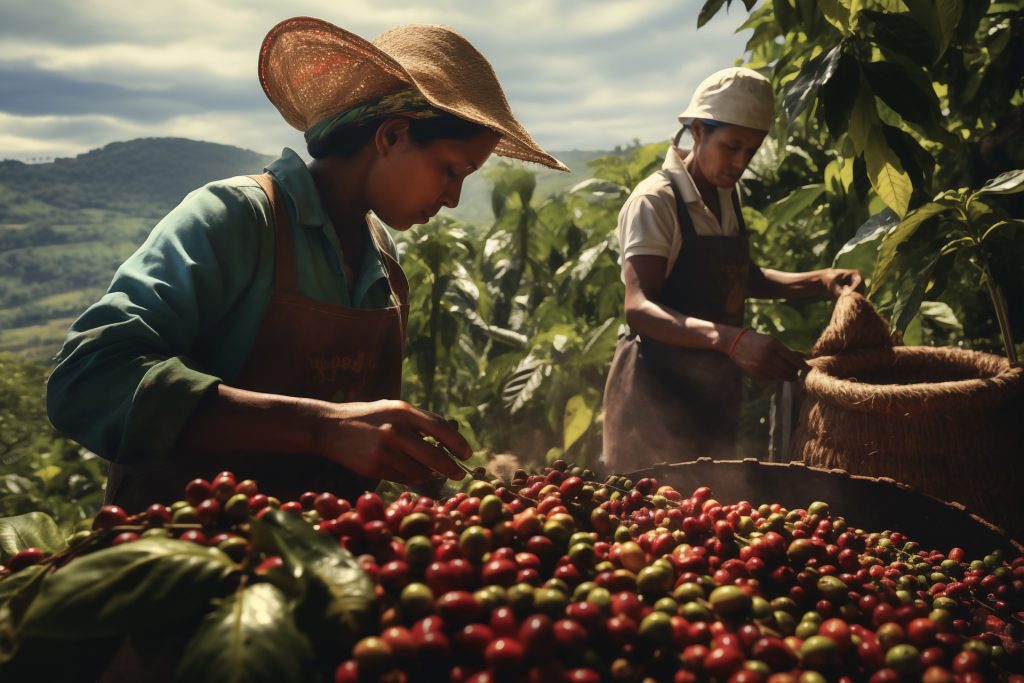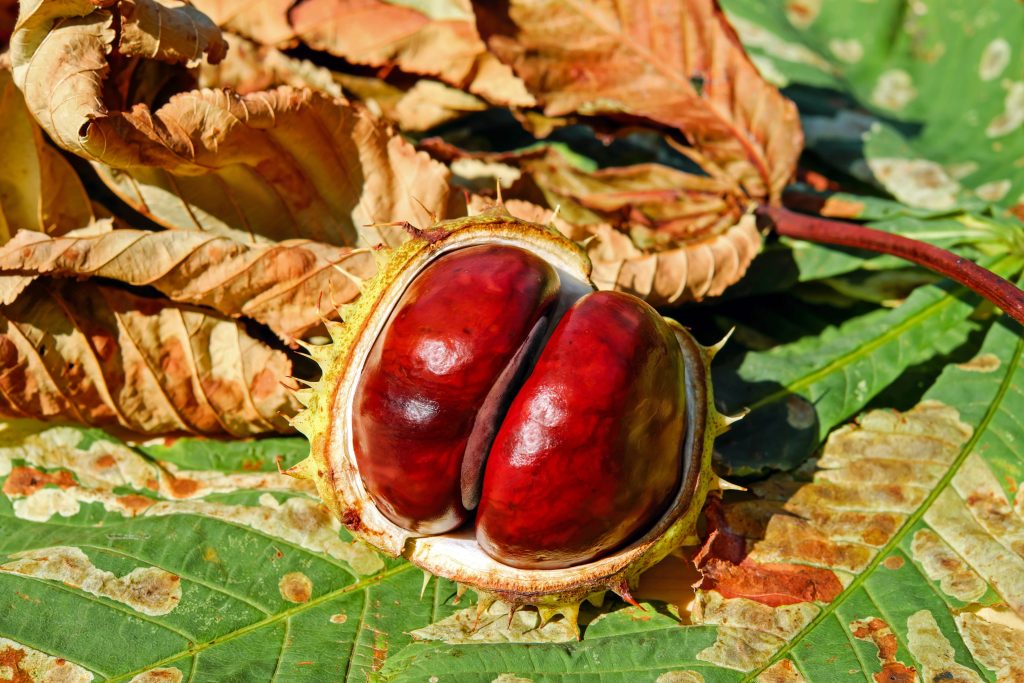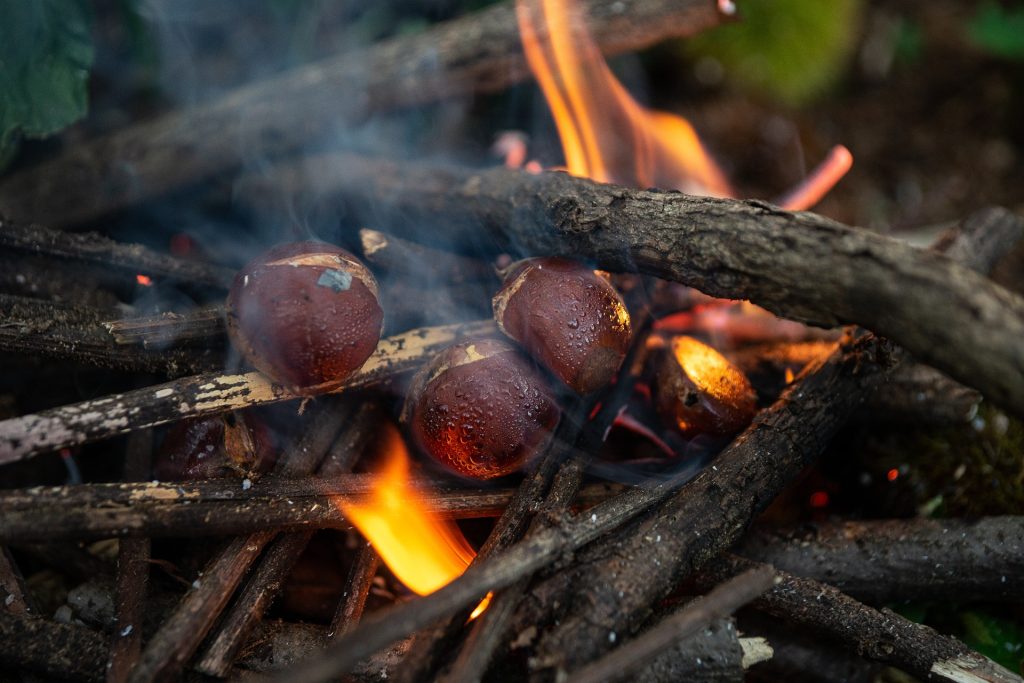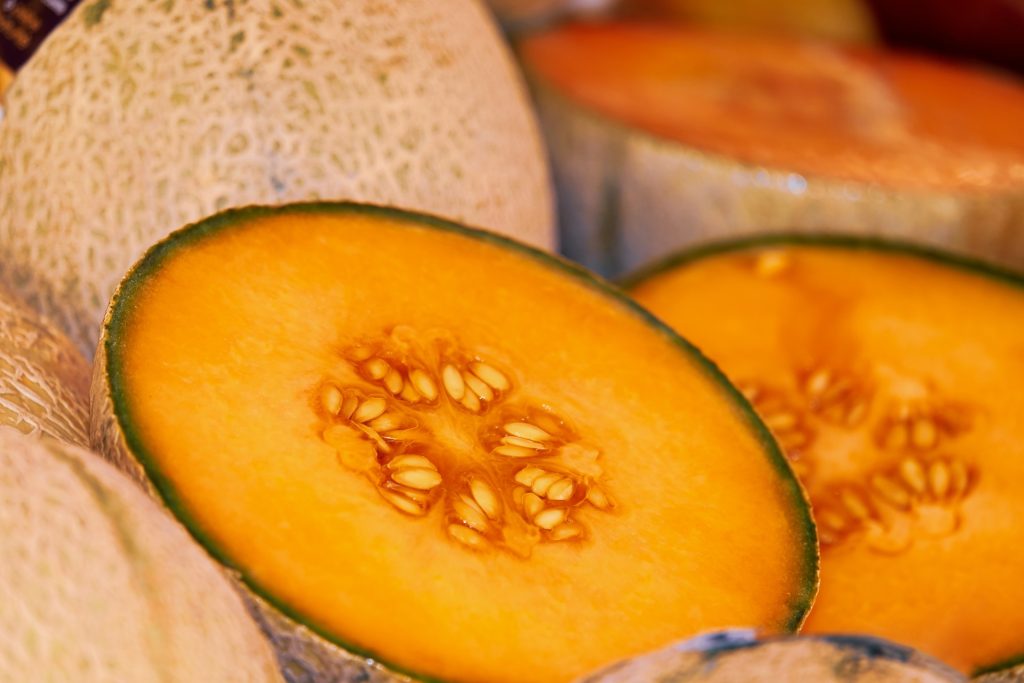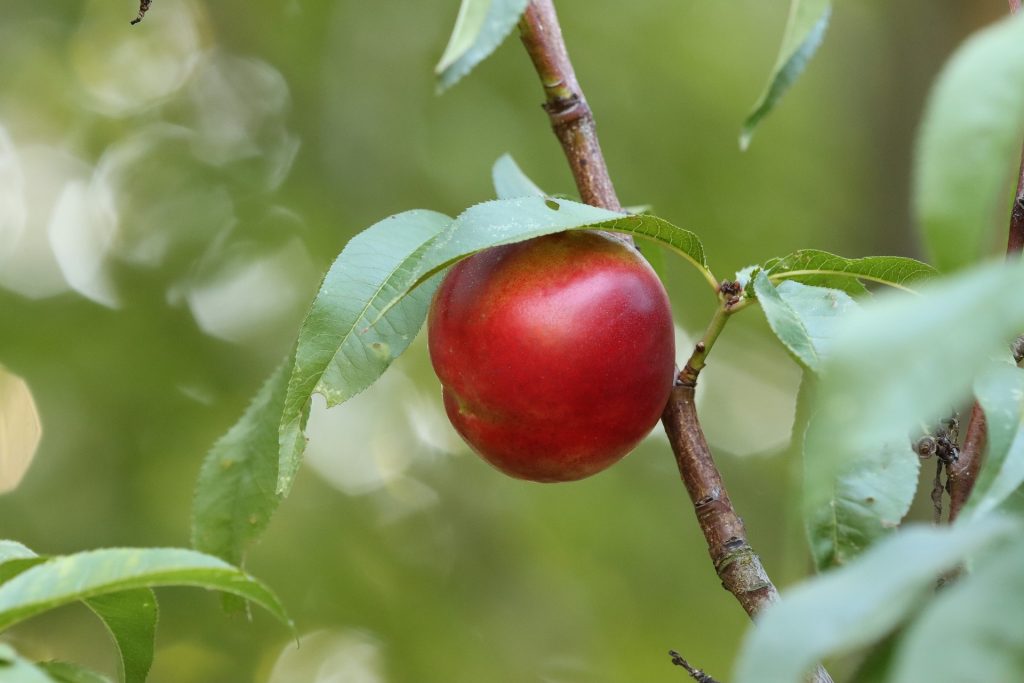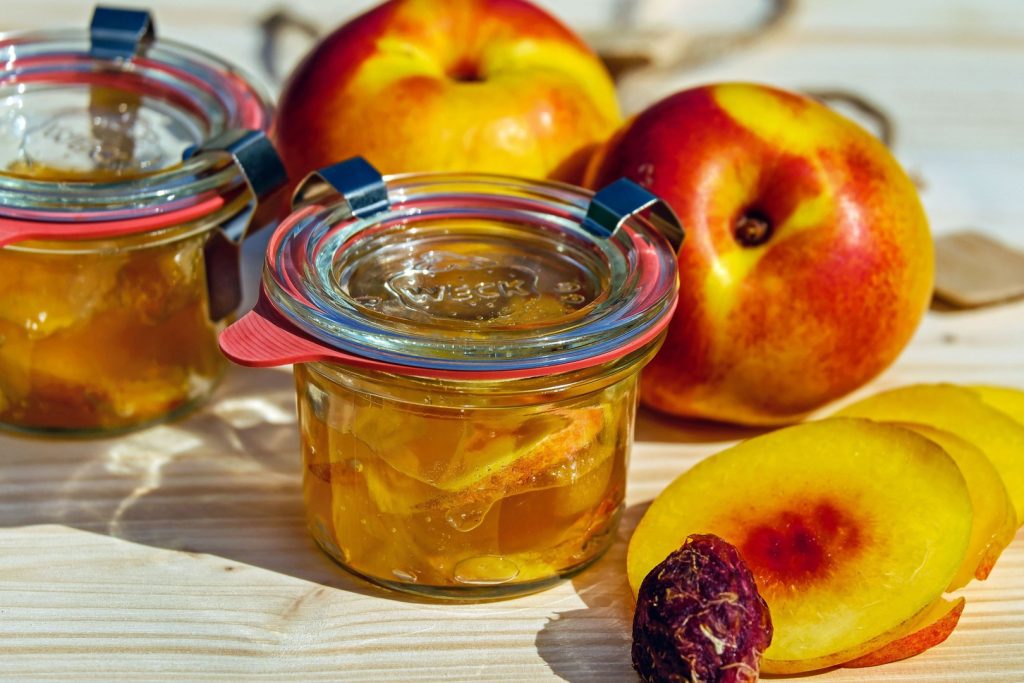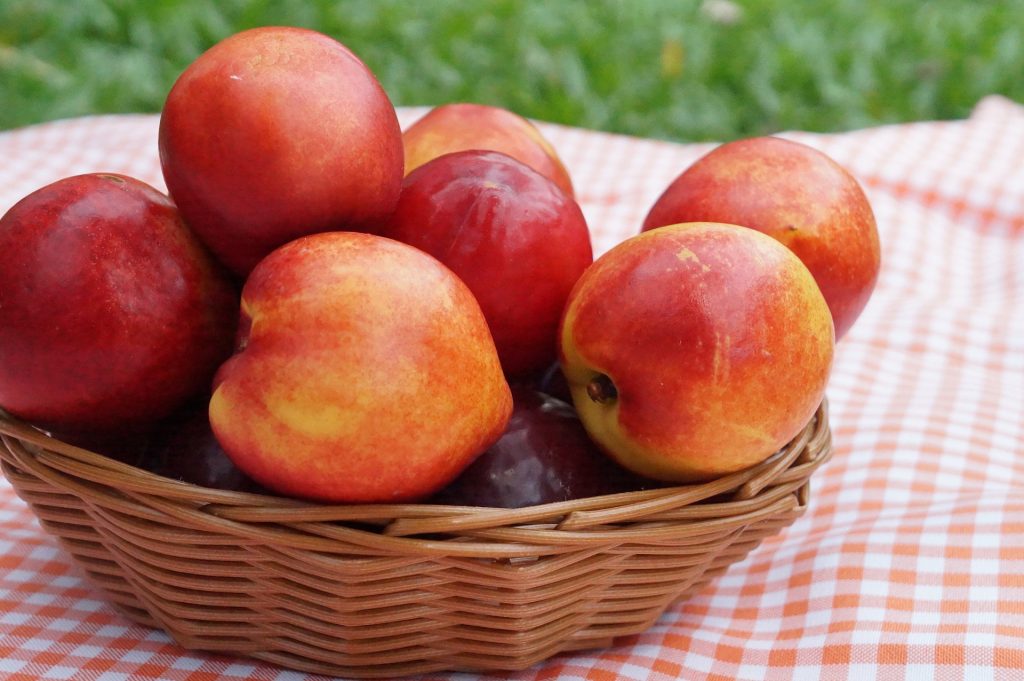Blog
Find articles that matter. From trading to shipping, trends to valuable goods, you can deep dive into everything you need.
Latest Posts
Blog
The balance between exports and imports is crucial for every nation, notwithstanding ongoing global changes, discussions, and political issues. The study of export statistics helps to identify a nation's level of development. Plans that show the monetary behavior of nations are annual development plans and initiatives. What has Turkey decided for 2022, then? How can the export performance of Turkey be assessed in 2022?
According to the general trade system, exports increased by 18.2% in the January-August period of 2022 compared to the same period of the previous year and reached 165 billion 608 million dollars. When this data is considered throughout the period, it reveals a very promising result. Aiming to increase exports in direct proportion to the increase in production, Turkey continues to develop day by day. There is a specific improvement in exports in every field from raw material production to processed products, from fruits and vegetables to automotive.
Every Month Export Score Increased Compared to the Previous Month
Turkish exporters keep repeating that they believe the annual goal will be attained before the year ends. However, there are rumors that business leaders are reevaluating their goals as new orders decline amid indications of a worldwide slowdown and inflationary pressure. Even though official sources have not yet released the 2022 report, it is impossible to avoid seeing developments by glancing at the monthly evaluations.
Providing information about export figures, Minister Muş stated that exports continued to gain momentum in the first 10 months of this year. He also stated that it reached the highest monthly export value in October, as it does every month. Turkey's exports gained more momentum each month compared to the previous month. Exports seem to continue this upward trend at the end of 2022.
Exporters managed to reach record sales every month and in 21 of the previous 23 months up through August of this year. In summary, exports have increased significantly during the previous two years as well as in 2022.
Turkey's Export Targets and Achievements in 2022
The government and experts anticipate that exports, which totaled $225.4 billion at the end of 2021, will rise to $250 billion this year. As of July, according to TİM Chairman Mustafa Gültepe, rolling 12-month exports were more than 248 billion dollars.
Furthermore, Gültepe stated:
"At this moment, we perceive that we will exceed our annual export objective of $250 billion in 2022 and leave behind a very important milestone."
The target of 250 billion dollars was also highlighted by President Erdogan at most meetings and summits. This target was left behind when we look at Turkey's export values. The increase in export figures before the end of 2022 reveals that Turkey has gone beyond its targets.
Reminding that national pride Togg took off the first mass production models on Republic Day, Muş also talked about the pride and happiness they felt. In light of all these comments, this situation also reveals that Turkey's success in export-oriented production continues comprehensively.
According to the latest export orders index, exports in nations like Germany, the United States, the United Kingdom, and China are predicted to slow down, and the foreign trade imbalance between the Eurozone and the EU hit a record high in August. On the other hand, since the epidemic started, energy prices have caused a massive wave of inflation around the world. Turkey has attained a high level of integration with the global economy and commerce. Despite being negatively impacted by these global events, Turkey continues to boost its industrial production.
In conclusion, Minister Muş also drew attention to Turkey's position amid these global troubles. The global political and economic crises in the world slowed down Turkey's production flow. Yet, it did not stop and the visible development was reflected in Turkey's exports.
Global Demand in the 2022-2035 Period
Although the end of 2022 export evaluation has not yet been released, the Turkish Exporters' Assembly's 2022 Export Report contains expectations and intentions. Particularly, there are sectoral analyzes that can be realized between 2022-2035.
The regressions based on the monthly export data for the years 2010–2021 have been taken into account while computing the export prediction in the sectoral breakdown of Turkey. Based on this analysis, a sectoral breakdown of Turkey's exports in the future was calculated.
The analysis predicts that in the years 2022 to 2035, the "Automotive Industry" will come out on top, followed by the "Chemical Substances and Products" sector. The "Steel" industry is anticipated to come in third, followed by the "Apparel and Apparel" sector in fourth place. Finally, the "Electricity and Electronics" sector will come in fifth.
Top 10 Sectors in Global Demand
According to this report, in the 2022-2035 period, the top 10 sectors that are important in global demand and the top 10 sectors in Turkey's exports take place. The sectors that are expected to come to the fore in Turkey's export ranking are as follows:
- Automotive Industry
- Chemical Substances and Products
- Steel
- Ready-to-Wear and Apparel
- Electricity and Electronics
- Ferrous and Non-Ferrous Metals
- Textile and Raw Materials
- Cereals, Pulses, Oilseeds, and Products
- Machinery and Parts
- Jewelry
Sectors Expected to Increase in Demand
In addition to these sectors, the ranking of the sectors that are expected to increase in global demand is given as follows:
- Chemical Substances and Products
- Electricity and Electronics
- Automotive Industry
- Machinery and Parts
- Jewelry
- Cereals, Pulses, Oilseeds, and Products
- Ferrous and Non-Ferrous Metals
- Mining Products
- Furniture, Paper, and Forest Products
When we examine these two lists, besides the differences in the rankings, the Furniture Group and Mining Products are included in the global demand list. When we examine Turkey's 2022 exports according to this demand list, there is a considerable export rate in both mining products and furniture, paper, and forestry products.
To give an example, Turkey's exports of furniture, paper, and forestry products increased by 22.6 percent in the 9 months year over year. They reached 6.2 billion dollars. Similarly, there is an increase in mining products. Mining product exports increased by 13.8 percent in the first 9 months of this year compared to the same period in 2021. They reached 4 billion 988 million 864 thousand dollars. In short, Turkey continues its production responding to global demand in terms of foreign markets. In this way, it is noticed by importers as it operates in many sectors.
The 2022 export evaluation report has not been published yet. However, despite the effects of the global crisis, Turkey has exceeded its expectations and targets regarding the supply-demand balance.
The term "import procedure" refers to the entire process of buying items from any other country. In terms of import laws and rules, the stages involved in import trade vary from one country to the next. However, every government's policies are designed to prevent harm to itself. Therefore, the first step before beginning the import should be for business owners who decide to import to thoroughly study the procedures and the laws of the country where they are acquiring. The government regulates import trade in the majority of nations.
Import trade is authorized by the government to protect foreign exchange and domestic industries. Importing goods is subject to a defined and controlled process that protects both the exporter and the importer.
How Do Import Processes Work?
Although the import process is very comprehensive, it can be explained with specific titles. As we mentioned, we can summarize the general approach in nine steps, although it differs in each country.
1. Trade Enquiry
The importer makes a formal written request for information from the exporters, including details on the price, the quality, the quantity, and numerous export terms and conditions. The exporter prepares and transmits every detail and price quote they have regarding the product and the importation procedure in response to the importer's trade inquiry.
2. Getting an Import License and Quota
Another stage, seen as the import stage, is to prepare the license and learn the quota. So, what are import licenses and import quotas?
Import License
A national government may authorize the importation of particular items into its borders by issuing an import license. When import permits are used to discriminate against the products of another nation to shield domestic businesses from international competition, they are seen as non-tariff trade barriers. The volume of imports permitted by each license is specified, and the overall volume permitted cannot be greater than the quota.
Import Quota
A sort of trade restriction known as an import quota places a physical cap on the volume of an item that may be brought into a nation over a specific time frame. Like other trade restrictions, quotas are frequently employed to the advantage of the economy's producers of a particular good.
3. Getting Foreign Currency
Another step is for the importer to make a foreign cash installment request, which includes the conversion of foreign banknotes to the currency of the exporter. Some countries may also accept direct advance import transfers instead of buying foreign currency. This stage is actually quite extensive. The money is kept in the bank until the transaction is completed because the security of both parties is the main point.
4. Placing the Order
Another step is the importer's request for goods from the exporter. To place an order, an agreement is reached on issues such as price agreement and product quantity.
5. Sending a Letter of Credit
This step is related to buying foreign currency. It is a frequent payment technique in international commercial transactions where the issuing bank agrees to pay the exporter as long as the exporter abides by the letter of credit's terms and conditions. The exporter's goods are safeguarded in this way.
6. Getting the Required Documents
If you have finished all the previous procedures, it is now time for the crucial paperwork. You must have certain paperwork to import into any country, in addition to the documents required by your own. The "Bill of Entry" is the most crucial document utilized in the import process. This document is prepared when the importer learns that the goods have arrived at the port. This document includes information about the quantity, price, and weight of the goods to calculate the customs tax. Upon the goods' arrival at the port, the importer makes arrangements for the payment of the advance price. This protects the importer from high penalties.
7. Customs Formalities and Clearing of Goods
In general, in all ports of a country connected to international destinations, customs offices are responsible for controlling goods entering or leaving the country to perform these functions. A country's customs office has the power to seize or, if necessary, dispose of goods. Therefore, the imported goods must be registered and checked. Providing the necessary customs documents allows you to receive your imported goods comfortably. Globally, the customs clearance procedure is possible. However, depending on the nature of the commodities, some may have unique criteria. For products that are deemed objectionable or require special documents for import and export, you must conduct thorough research.
8. Paying the Amount Due
And the payment stage is now ready to begin. Cash, letter of credit, documented collection or policy, open account, and consignment are the five primary payment methods in international trade, in order of security. The method that is safest for the exporter is, of course, also the least safe for the importer. Mutual benefit determines how much is paid. You are required to make payments for your purchases using the payment method you have chosen.
9. Achieving Deal Closure
We've reached the end of the process, or the last stage, of the agreement. The importer typically pays the pier dues when the goods are received and all controls are finished, with the completion of all agreements and receiving the products. Your products are currently in your possession.
Who Can I Trust in Import Processes and What Should I Do?
In import processes, importers generally prefer experienced people based on their experience. Supply companies are among the most logical choices preferred by importers lately. However, there are two questions that those who will have a new experience in importing think most:
- Who can I trust in import processes?
- What should I do?
The answer to both of these questions is simple. You should deal with brands that have experience and are sure of their reliability. And you should get information from people who are experts in all processes.
If you need quality and reliable goods, you can benefit from the experience of Turkish Goods. With the guarantee of quality and reliable price, your import is made most easily. You can also take a look at our other articles for more detailed information about our export processes and the delivery of products.
As we approach the winter months, of course, the biggest demand is for citrus products. Orange in particular attracts attention as the most demanded winter fruit worldwide. Delicious, juicy, and rich in vitamins, oranges are a type of fruit known on seven continents.
Due to their high vitamin C and antioxidant content, oranges are one of the citrus fruits that people have enjoyed and cultivated since ancient times. The southern Himalayan foothills, eastern Assam, northern Myanmar, and the Yunnan province in western China are the locations of the orange gene center.
In Roman times, the orange was regarded as the world's richest’s fruit. In the gardens of wealthy Roman families, greenhouses were employed to keep oranges from the cold, but with the fall of the Roman Empire, citrus fruits perished along with wealthy households. Oranges to Europe were brought by the Genoese trade between 1400 and 1500 C.E.
The orange is now a fruit that can be grown almost everywhere, with the expansion of trade networks, the development of technology, and the increase in transportation types. Which countries are the leaders in orange production? Which are the leading countries in export besides production?
Leading Countries in Orange Production
According to USDA data, a total of 49 million tons of oranges were produced in the world as of the 2021/22 market year. In addition, around 103 million tons of citrus fruit were produced. 47% of this production belongs to orange.
Oranges were the citrus fruit with the largest demand, even though more and more people were using citrus fruits in other contexts.
Especially in fruit juice, dried orange peel, and slices, as well as essences, is gaining in value in terms of demand. The presenting forms of orange have also increased as more people choose organic products in the modern world. Brazil is ranked first with a share of 34% of the global orange output in the market year 2022–2023, according to the production shares of the top-producing nations. The EU comes in third with a production of 12%, while China comes in second with a share of 16%. Mexico produces 9% of the total amount of goods produced worldwide. With 1.8 million tons of orange output, Turkey is ranked 7th in the world.
While a very important part of Brazil's orange production consists of industrial varieties, the most common industrial orange variety is the Pera orange. Since China is the homeland of citrus fruits, it has serious production values and cultivates both industrial and table varieties.
Leading Countries in Orange Export
Exports and orange production both matter. 11.5 million tons of citrus fruits were exported globally during the 2021–2022 market year. Orange accounted for 39% of all exports. This year, countries have given close attention to the use of oranges in the local market, especially in light of the political unrest, the lack of precipitation, and the chilly weather. However, some nations have seen an increase in exports. Furthermore, global exports of oranges have climbed by 10% during the last five seasons.
Egypt
While many people know Egypt for its pyramids and tourism, the country is fast becoming an agricultural powerhouse in Africa. Over the years, they continue to invest in increasing their small areas of agriculture. The majority of the world's orange exports, or over 80% of the entire citrus production in 2022, come from Egypt.
In the global orange export, which was 4.5 million tons in the 2021/2022 market year, Egypt takes first place with a share of 32%. Egypt is anticipated to keep this position, according to the US Department of Agriculture (USDA), even if exports have decreased by about 200,000 tons and production has decreased by 1.45 million tons as a result of unfavorable meteorological conditions. However, two of the biggest importers into the nation are Russia and Ukraine.
South Africa
South Africa is in the top three for 2021–2022, with a 28% export share of oranges. Surprisingly, one of the top producers and exporters of oranges is South Africa, a country whose importance to agriculture has grown. Moreover, when examined on a monthly basis, South Africa emerged as the top exporter of oranges to the European Union in October 2022, accounting for 132 455 tons of the 157 821 tons in total imports from all nations.
USA
The USA is among the leading countries in orange exports with a 10% share in the 2021-2022 period. The USA, which gives importance to orange production, especially for fruit juice production, is the leader in orange juice exports.
Turkey
Turkey is among the leading countries in the production and export of oranges. Although it has experienced a decrease in exports compared to production between 2021-2022, it is in eighth place. When evaluated according to orange varieties, Turkey has been a pioneer among the most diverse exporting countries. Looking at the product types; In 2021-2022, it is seen that 68% of orange production belongs to Washington, 28% to others, and 3% to Jaffa orange.
Why is Orange Trade Important in the World?
Oranges are a storehouse of vitamin C, which helps to defend against many ailments. In terms of both health and the value it lends to various culinary dishes, it has a significant place in the globe. In temperate and Mediterranean regions, orange is grown sloping locations that are ideal for cultivating it and can endure low temperatures of zero.
But the orange tree can perish if the air temperature begins to fall below -9. As a result, it is exceedingly challenging to grow in locations with extremely harsh and cold weather. Additionally, the growth of the orange tree halts in locations where the air temperature exceeds 45 degrees. Orange growth is negatively impacted by snow and ice. It is a fruit that should be taken care of in terms of protection, cultivation, and fruiting. Orange continues to gain value due to its use and diversification in various industries.
Export control is a shared responsibility between industry and authorities. The Internal Compliance Program (ICP) is essentially a set of policies and procedures. Internal compliance programs are created to help organizations comply with various regulations and laws. They are designed to ensure that an organization follows all the necessary steps. This is done to ensure they stay compliant with federal, state, local, and international regulations.
All in all, the Internal Compliance Program (ICP) is a set of policies and procedures that help protect an organization’s assets, as well as the interests of its stakeholders. They are basically a way to ensure that an organization is in compliance with all of the regulations and standards that they need to be. This ensures that they are able to maintain a good reputation. Internal compliance programs are also beneficial because they can help prevent liability. If there is an issue with the company, this means that the company will be able to identify it and make changes before it becomes a bigger problem. Let's take a closer look at ICP.
Purposes of an Internal Compliance Program
- Compliance with unilateral and international sanctions, including the screening of customers and suppliers for potential reputational and security risks
- Company staff being instructed in the terms of both multilateral and unilateral sanctions as well as all facets of their execution, compliance, and due diligence procedures.
- Enhancing the security of raw material and semi-processed material supply chains. It ensures adherence to international laws and regulations
- Assistance with voluntary guidelines and other due diligence programs aimed at reducing the use of penalties, the violation of human rights, and other transgressions of international humanitarian law
- International sanctions compliance and its effects on trade and supply networks
Basic Elements of an Internal Compliance Program
- A company's culture should include compliance. This depends on senior management's and executives' clear dedication. A crucial component of this is making the necessary resources accessible and designating a committed compliance officer.
- Regular employee training is crucial to ensuring that all teams involved from sales to delivery are aware of their obligations and contribute appropriately, supporting the cultural approach toward compliance.
- Continued screening against all relevant, published entity lists is necessary. It guarantees that commerce does not take place with people or organizations that are included on relevant restricted party lists. The same is true for routinely checking commercial dealings against any relevant embargoes, product lists, and end-use limitations and prohibitions.
- Records should be readily available to assist efficient and effective audits, the detection of infractions, and voluntary disclosures. Therefore, it is crucial to maintain track of any inspections that are pertinent to export restrictions.
- Corporate policy on export controls must be clearly stated and meticulously documented as part of an ICP. These must also be conveyed and reiterated as necessary, which is related to the need for education and awareness.
- A corporation should periodically conduct its own internal audits to support the continuing maintenance of a compliance program and to reduce the chance of infractions being discovered during an external audit.
- Internal Compliance Programs need to be set up to accommodate shifting laws, regulations, and other factors. An ICP needs to be strong and flexible enough to handle ambiguity and unpredictability.
- Automation of necessary checks provides security and efficiency in light of the sizeable volumes and frequent modifications of export control legislation around the world. Without hindering corporate operations, software solutions are a particularly cost-effective way to guarantee export control security.
Advantages of Internal Compliance Program:
Internal Compliance Programs are a great way for organizations to maintain their reputation, stay out of trouble and save money. They are also an excellent way for organizations to keep up with the changing regulatory environment.
Internal compliance programs provide benefits such as:
- Protecting the organization's reputation from lawsuits and negative publicity
- Removing the need to hire expensive consultants and lawyers
- Providing an unbiased look into the company’s operations by educating employees on how to avoid legal problems.
- Gaining the trust and respect of employees and customers
Internal Compliance Program (ICP) Instructions
Internal Compliance Programs don't typically follow a set format. The content of an ICP is often very company-specific, personalized, and adapted to the unique products and procedures of a business as well as the legal framework to which it is subject. Although official recommendations about Internal Compliance Programs have been released by numerous export control authorities around the world, each country conducts its own programs. Therefore the Internal Compliance Programs of the European Union and of Australia differ from each other.
The best way to stay out of trouble is by following the law. The Internal Compliance program helps ensure that this is the case. It should be a money-saving measure as well because if you follow all applicable regulations, your organization will not have to pay fines or buy expensive consultants or lawyers in order to do so. Internal compliance programs are also a great way to educate employees about avoiding legal problems and staying on the right side
The primary actor of tired, happy, and sad moments, coffee has a very special place in human life. There is no moment when a good cup of coffee with a fresh coffee smell does not feel good. Coffee, which enchants with its smell and gives happiness with its taste, has its own story. It is an integral part of human life that has been consumed in daily life for about 1300 years. Furthermore, the interest in this special bean is increasing day by day. You are definitely among the people who cannot start the day without coffee, who always drink their coffee with their dessert, or who always sip their coffee during a pleasant conversation.
While brewing your coffee, have you ever wondered which beans make the coffee that slowly drips into your cup? If your answer to this question is yes, we invite you on a journey of coffee beans. After reading this article, you can call yourself a coffee gourmet! If you are ready, let's take a look at a comprehensive guide to the types of coffee beans.
The Journey of the Coffee Bean Types
This dark, fragrant beverage is an important part of many people's daily lives. The journey of a cup of a beverage that revitalizes our body and soul is also interesting. Coffee is a tree in the genus Coffea of the Rubiaceae family. The fruit beans of this tree are roasted and ground into a powder. Mixing the powder with boiling water or milk creates coffee, the drink we can't get enough of.
The coffee tree grows in regions with tropical and equatorial climates. Today, coffee is cultivated in nearly 80 countries from Asia to the Americas. Coffee trees grow in climates with temperatures of 20-30 degrees Celsius, abundant rainfall, and dry climates. However, coffee trees do not grow in places where the temperature drops below 8 degrees Celsius.
Arabica
Arabica is the most widely consumed type of coffee bean in the world. This coffee bean accounts for approximately 60% of all coffee in the world. The widespread production area of the Arabica coffee bean has influenced its consumption more than other beans. This coffee bean was discovered centuries ago in the mountainous regions of Ethiopia. In fact, it was from these geographies that coffee was discovered. Nowadays, Arabica is mainly grown in Central and East Africa, India, Latin America, and Indonesia in areas above 600 meters.
The distinctive feature of the Arabica coffee bean is its susceptibility. Because of this susceptibility, the flavors of the spices and fruits affect it in the soil where it grows. Although the type of coffee bean is Arabica, coffee prepared with beans grown in different parts of the world can have different flavors and aromas. Also, Arabica beans need good care to produce a quality crop. Arabica, which is very susceptible to disease, needs extra shade and needs to be above sea level.
Standing Out with Unique Flavor
Coffee made from the Arabica bean is smooth-drinking and often has a fruity aftertaste. In addition, Arabica contains less caffeine than other coffee beans. However, the caffeine content of a coffee is not a determining factor in its quality. Quality coffee should have an excellent aroma and taste.
Arabica coffee, which has an aromatic and delicious taste, is also available in different varieties. The coffee types known as Ethiopia, Sumatra, Guatemala, Kenya, and Indonesia are Arabica coffee varieties grown in these geographies. They are all Arabica coffee, but there is a difference in taste due to their geography and climate.
Robusta
The second type of coffee bean that comes to mind is undoubtedly Robusta. Robusta bean is a type of coffee made from the seeds of the 'Coffea Canephora' plant. This coffee bean grows in the Eastern Hemisphere, mainly in Africa and Indonesia. One of the best features of the Robusta coffee plant is that it is very durable. The plant is very resistant to diseases and grows at low altitudes. One of the most important reasons why it is a hardy coffee plant is its high caffeine content because pests avoid the bitter taste of caffeine. Also, it needs a lot of water to grow in a healthy and high-quality way.
The Most Caffeinated Form of Coffee
The dominant characteristic of Robusta coffee is its bitterness. It is used in instant coffee, espresso, and specific ground coffee blends. Robusta is a strong coffee with high caffeine content. Leaving a more intense flavor on the palate, these beans have high caffeine content. If you start the day with coffee made from Robusta coffee beans, you are likely to sober up but we recommend that you take care not to consume too much during the day.
Liberian
Liberian coffee is named after its native Liberia. This coffee tree is much larger than Arabica and Robusta coffee trees. In addition, it grows in hot and humid climates and is usually grown in Malaysia, the Philippines, and Indonesia. The bean is similar in appearance to Robusta. The Liberian coffee bean stands out with its pungent aroma. Also, the Liberian coffee bean has a long oval shape and a floral, fruity, and woody taste. The Liberian coffee bean accounts for about 2% of world coffee production.
Excelsa
Excelsa, a subspecies of Liberica, is considered a separate type of coffee bean because it is different in taste and shape from Liberica. It originated in Africa, but today it is usually grown in South East Asian countries. The countries where Excelsa coffee beans are produced are Vietnam, the Philippines, India, Malaysia, and Indonesia. In addition, the flavor of Excelsa coffee is very intense. For this reason, it is only used to enhance the flavors of blended coffee. The Excelsa coffee bean has a small round shape and a fruity and tart taste.
Import the Best Quality Coffee Beans with Turkish Goods
The most important feature of a good-tasting coffee that will give you pleasure is that it is ground from high-quality beans. As Turkish Goods, we enable you to import the best coffee beans in the world. No matter which part of the world you are in, you can import coffee beans produced under the best conditions to your location. Click to get detailed information about coffee beans and start your import process now.
Credit insurance is a protection intended for companies of all sizes (VSEs, SMEs, ETIs, and large accounts) to guarantee unpaid bills. It is also a guarantee on trade receivables against the risk of payment defaults by customers. Every year, one in four companies disappears due to non-payment or the loss of one or more buyers. This is why Trade Credit Insurance is immensely important.
When a company's commercial clients are unable to pay for goods or services due to bankruptcy, insolvency, or political unrest in the nations where the trade partner conducts business, it is possible to obtain trade credit insurance (TCI).
As a result, TCI is known as accounts receivable insurance, debtor insurance, or export credit insurance. It aids companies in safeguarding their capital and balancing their cash flows. Additionally, since banks are more confident that their customers' accounts receivable will be paid back, it may assist them in getting better financing terms from such institutions.
Definition of Trade Credit Insurance (TCI)
When making big purchases of goods or services, commercial purchasers frequently ask for credit. However, financing these customers puts a supplier in danger of not being paid back. If the client declares bankruptcy, the creditor frequently only obtains a part of what is owed to it or nothing at all. That is especially true for unsecured loans, for which the creditor lacks any assets to support the loan.
By paying policyholders for the outstanding debt up to the applicable coverage limits, TCI reduces that risk. TCI has the benefit of allowing businesses to securely provide credit to both new and existing clients. They would be reimbursed regardless of the customer's financial situation. Insurance can therefore be helpful to businesses to expand without taking on excessive risk.
The official export credit institution of the United States is the Export-Import Bank of the United States (EXIM). It offers credit insurance to shield foreign accounts receivable from political and insolvency risk. If the buyer doesn't pay, businesses covered by EXIM receive 85% to 95% of the invoice total.
The Functioning of Trade Credit Insurance (TCI)
Like any insurance product, the price is a reflection of the anticipated risk the policyholder represents to the insurer. Insurers consider a number of factors when assessing a company's risk, including the volume of trades a client does and the creditworthiness of its clients. Other factors include the sector in which it operates and the payback conditions to which clients have agreed. According to Meridian Finance Group, the average cost of coverage is less than 1% of the insured sales volume.
Insurance coverage for businesses is frequently scaled to meet their budget and risk profile. For instance, they might be able to choose to cover just one client—especially if it's a sizable or high-risk account—or a small group of clients. Some policies additionally offer supplemental coverage, which only becomes active when the original insurance is unable to fully pay a claim.
Insurance companies often give each of a client's covered trade partners a certain credit limit based on their financial stability. The insurer will only pay losses up to that indemnity ceiling if the buyer refuses
Some carriers' TCI coverage covers non-payment due to trade embargos or other government-related events. Other insurers provide political risk insurance as a separate product. Multinational organizations and major hotel chains are two examples of businesses that may find this protection to be particularly crucial.
Benefits of Trade Credit Insurance (TCI)
Offering customers extensive loan terms might help certain businesses recruit more significant customers or pave the way for potential development into other geographical markets. TCI typically increases the comfort level of firms when issuing loans because the danger of default is significantly reduced. It may be necessary to have a loss-mitigation plan in order to remain competitive in markets where the majority of the large competitors already bear TCI.
Increasing the credit limits available to customers might also help businesses achieve economies of scale. Customers can purchase larger quantities. Therefore, a business might find itself buying from its own suppliers in larger quantities, giving it the power to haggle for lower prices.
Which Risk Categories Does TCI Cover?
Two categories of hazards are commonly covered by trade credit insurance: -
1. Commercial risk: This is the possibility that a buyer would be unable to pay an invoice or outstanding amount owing to financial issues like bankruptcy, insolvency, lengthy default, and more.
2. Political risk: This refers to the buyer's failure to pay as a result of outside circumstances beyond either party's control. Geopolitical unrest such as war, terrorist attacks, riots, or natural disasters may be included in it. This risk also includes any local government actions, such as cash shortages, license cancellations, import-export restrictions, and other economic constraints. Only in cases where there are foreign buyers are political risks relevant.
The Trade Credit Insurance (TCI) Market is Growing
The adoption of TCI accelerated during the economic slump of 2020, according to a 2021 analysis by Allied Market Research, which served as a reminder of the possibility of market disruption and lost receivable income. According to predictions made by the research company, the global market for TCI reached $9.39 billion in 2019 and is anticipated to grow to $18.14 billion by 2027. That equals an 8.6% compound annual growth rate.

